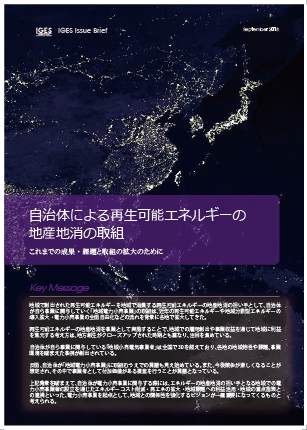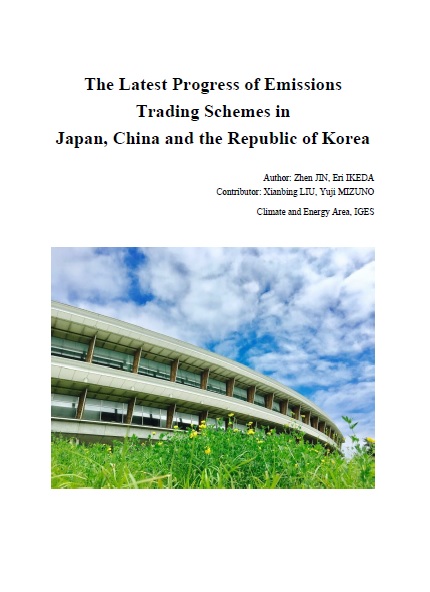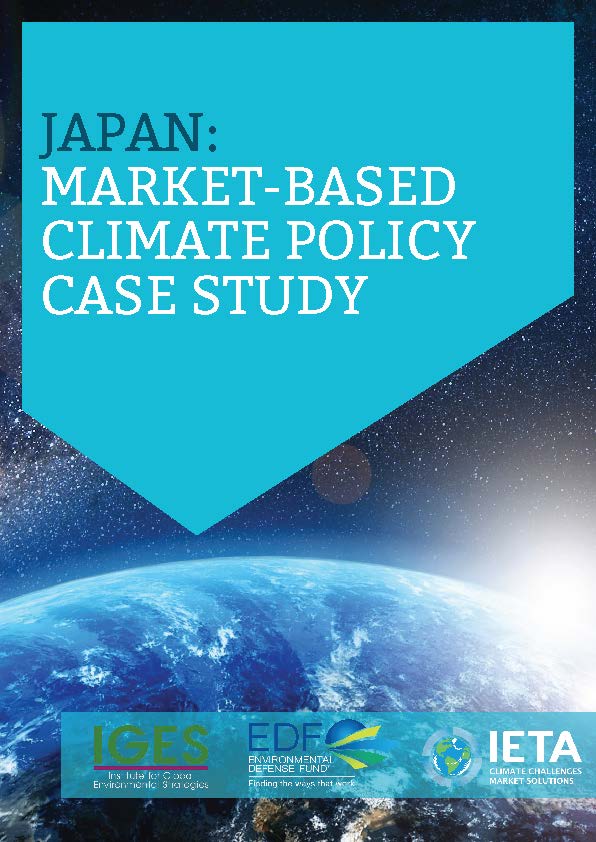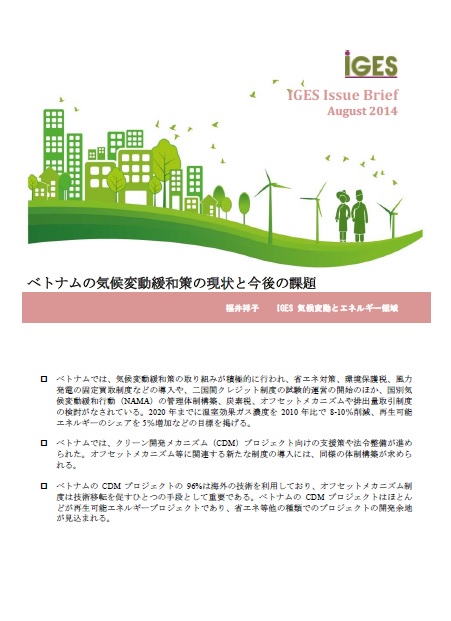The long-standing relationship between Japan and India forms a favourable precursor for the countries to collaborate further under the Article 6 mechanisms of the Paris Agreement. While Japan’s support to India for promoting low-carbon technology and clean energy use can help minimise carbon emissions, the partnership will in turn give greater...
Keywords:







